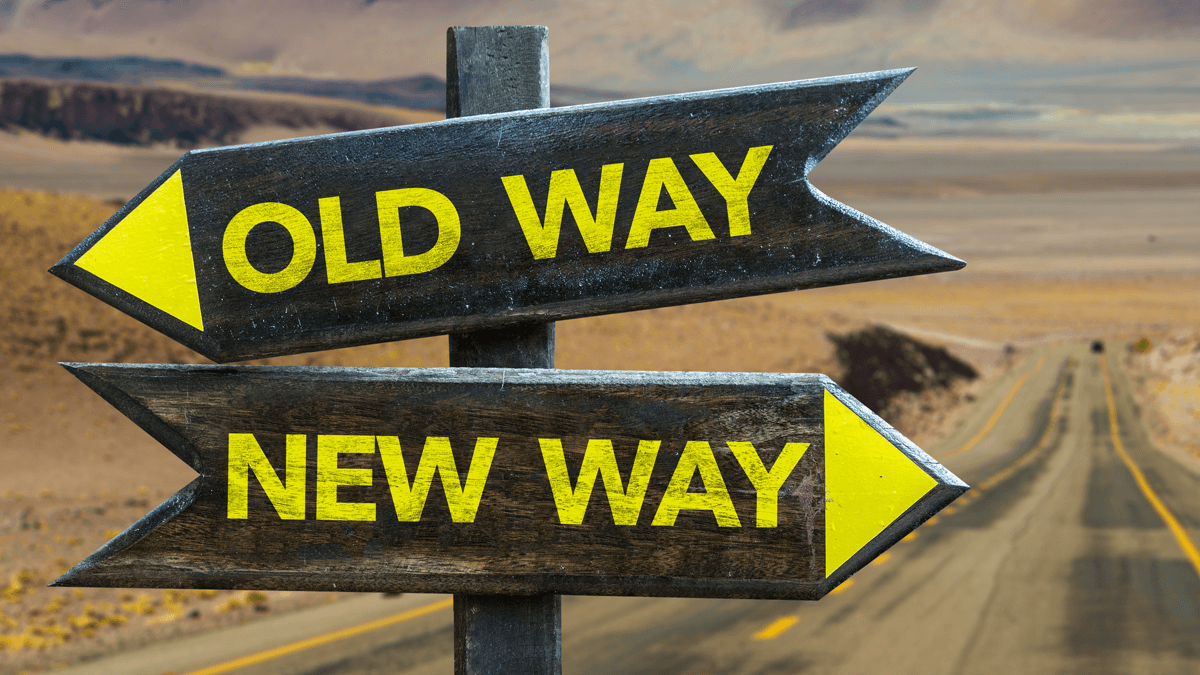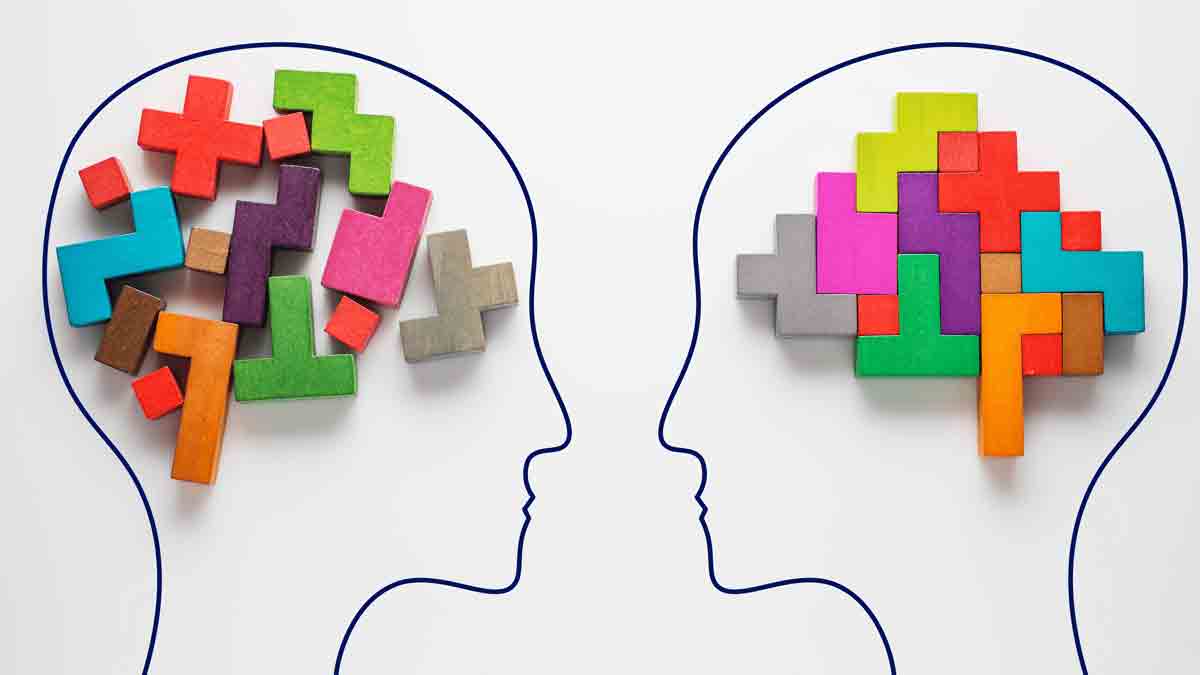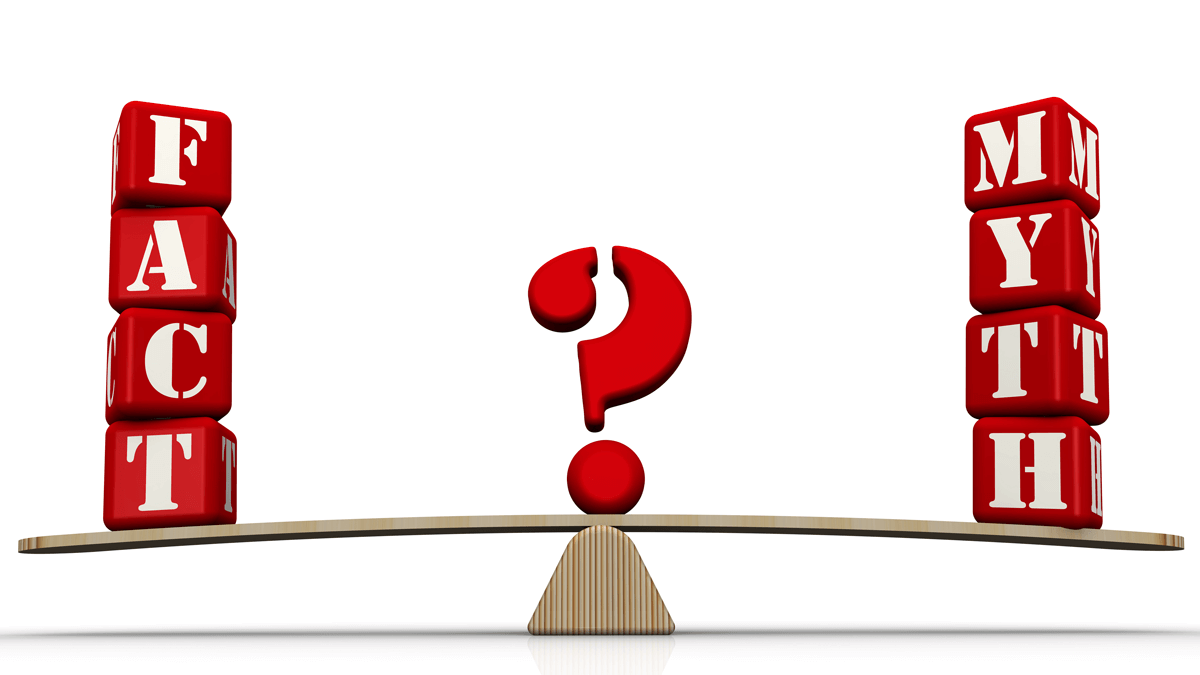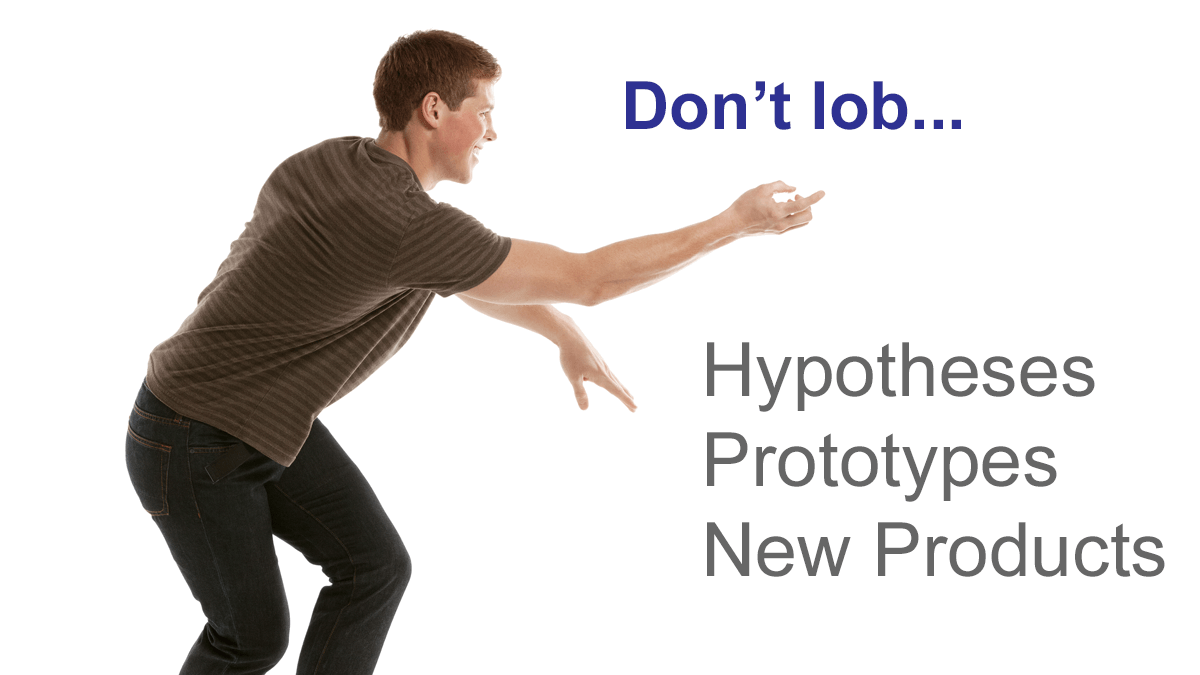“Proven right” breeds confirmation bias; “be right” inspires a search for truth. In new product development, “proven right” seeks to validate the supplier’s ideas; “be right” explores customers’ worlds seeking what others have missed. “Proven right” results in squandered R&D spending and missed opportunities; “be right” in delighted customers, premium pricing, and pleasant financial review meetings.
More in e-book, Leader’s Guide to B2B Organic Growth
Imagine you just launched your new product and the market responded with… one big collective yawn. Was it a poorly orchestrated launch? Perhaps, but it’s more likely your launch was doomed a couple of years earlier by poor front-end work. Our research shows five of six B2B product development teams lack a clear understanding of market needs before conducting B2B-optimized VOC. Without this insight, your launch might be putting lipstick on a pig.
More in article, B2B Product Launch: How to get it right
Voice-of-customer interviews don’t really work unless the customer trusts you. You’ll tell your doctor, lawyer or therapist everything they need to know so they can help you. But only if you trust them. The same is true for your customers when you seek information to innovate for them. You build trust with your credibility, reliability, and a sincere interest in their well-being.
More in e-book, Leader’s Guide to B2B Organic Growth
During the Vietnam war, the US was still using its cold war approach of “problem as given”… applying prescribed responses for a long list of scenarios. This was a disaster in the face of evolving threats. Now their protocol is “problem as understood”… developing solutions only after the problem is well defined. Is your company using “cold-war innovation,” or does it place a high priority on learning what customers truly want before developing products for them?
More in e-book, Leader’s Guide to B2B Organic Growth
In new product development, keep your mind open to all customer needs before converging on your solutions. Your brain works better this way. It’s why we don’t “judge” ideas during brainstorming. It’s why you like digital photography better than film: You take as many shots as you like (diverge) and later pick the best (converge). When it comes to customer needs, take lots of shots so you can focus on the best later.
More in e-book, Reinventing VOC for B2B
Both activities involve movement, but only one lets you get lost for a while so you can see what others have missed. When you develop new products based on sales reports and “validating” your ideas with customers, you’re just map-reading. Put yourself in a position to be amazed by new scenery in customers’ worlds. You’ll need to get comfortable off the beaten path… but you don’t want to go where anything is ‘beaten’ anyway, right?
More in e-book, Leader’s Guide to B2B Organic Growth (Lesson 15)
The difference between speed and velocity is that only velocity has a direction associated with it. Many in business are focused on going as fast as they can… in any direction. Avoiding solid front-end-of-innovation work because you want to develop your new product faster is a prime example. Sure, you launched your product quickly… but no one bought it, because you failed to first understand customers’ needs.
More in e-book, Reinventing VOC for B2B
Are you Newton’s object continuing in the same direction and speed… or are you the force acting on the object? Your company may think it can keep doing what it’s always done. But if your competitors learn how to understand unmet customers’ needs first, they will be the force that changes your direction (down) and speed (slower)… in their favor. Inertia is not your friend. Learning and change are.
More in e-book, Leader’s Guide to B2B Organic Growth
The Oxford Dictionary defines a factoid as an item of unreliable information that is repeated so often it becomes accepted as fact. Too often in product development, what we view as a fact is just a factoid. Its fine to have assumptions, but make sure they don’t dress up as facts. What you think you know is more dangerous than what you know you think.
View video, De-risking Transformational Projects
There are several things you should never lob at B2B customers until you’ve first learned from them. Don’t lob your hypotheses, prototypes, or new products—until you’ve learned what these customers want. B2B customers have high knowledge, interest, objectivity and foresight… so they can tell you exactly what outcomes they want… if you know how to ask. It’s both wasteful for you and insulting to them if you assume they can’t help you.
More in Leader’s Guide Videos Lesson 12, Stop leading with your solutions
A sales force is fine, but why not add a “learning force”? You don’t have this today if you’re hiring, training and rewarding your sales force to sell for today, not learn for tomorrow. But you could turn them into an “early warning system” that allows you to pursue market innovation at just the right time.
More in white paper, Timing is Everything: Exposing Deep Flaws in B2B Innovation Today
The potentially-intrusive nature of consumer “big data” has already caused some mistrust of B2C marketers. Conversely, the best B2B marketers—especially in concentrated markets with fewer customers—are now developing powerful interviewing skills to listen closely to their customers. You can imagine the response: Who among us doesn’t want to be carefully listened to and understood?
More in e-book, Leader’s Guide to B2B Organic Growth (Lesson 15)
Each of your market segments has a unique nature, defined by five qualities of its customers: knowledge, interest, objectivity, foresight and concentration. If you treat all markets the same, you’ll seriously sub-optimize. Better to fine-tune your early-stage marketing (understanding customer needs) and late-stage marketing (promoting your solutions) to each market segment. Use this free service to calculate your market’s B2B Index (how B2B it is) and learn 15 customized marketing strategies.
Calculate your B2B Index at www.b2bmarketview.com
Your front-end-of-innovation should center on a specific customer job to be accomplished. Focusing on your product concept is far too limiting. Let’s say your business makes some physical article. By focusing on the customer’s job, you might conceive a different product, service, or even a completely new business model.
More in Leader’s Guide Videos Lesson 13, Immerse in customer outcomes












